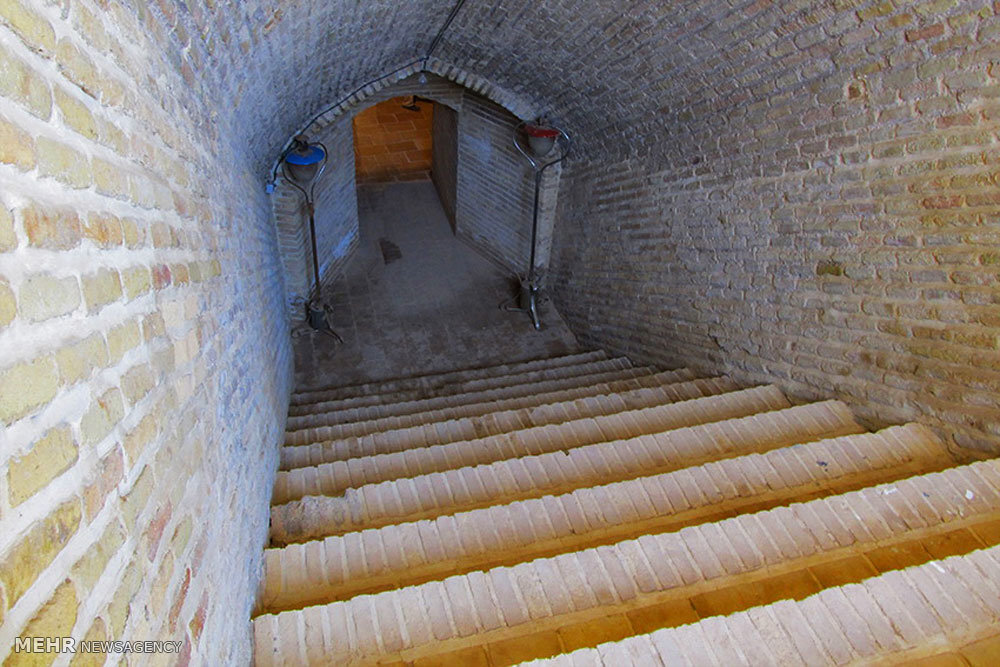UNESCO-registered qanat undergoes restoration

TEHRAN – Restoration work has begun on qanat of Ebrahim Abad, which is situated in Arak, central Iran. The monument is one of the country’s aqueducts registered by UNESCO as a World Heritage.
The restoration project is aimed to make the whole structure more lightweight by removing [some traditional masonry] debris, and it will also amend the insulation, adobe bricks, etc., said Shadi Tahmasbi who presides over the site in the central province of Markazi.
Some one billion rials (around $24,000) has been allocated to the project, he noted, Mehr reported.
Qanats continue to provide the essential resource water sustaining Iranian settlements and gardens and remain maintained and managed through traditional communal management systems. These management systems have remained intact and been transferred from the distant past thanks to the collaboration of people and users.
To ensure the continued functionality of the qanats, the water catchment areas are included in the buffer zone and have been committed to the highest protection levels considering their essential function in the provision of the water resources. Likewise, the agricultural areas illustrating the distribution and use of the water resources have been protected through buffer zones to allow the full long-term protection of the qanat system.
Each qanat comprises an almost horizontal tunnel collecting water from an underground water source, usually an alluvial fan, into which a mother well is sunk to the appropriate level of the aquifer. Well shafts are sunk at regular intervals along the route of the tunnel to enable removal of spoil and allow ventilation.
AFM/MG
Leave a Comment